A Hidden Life
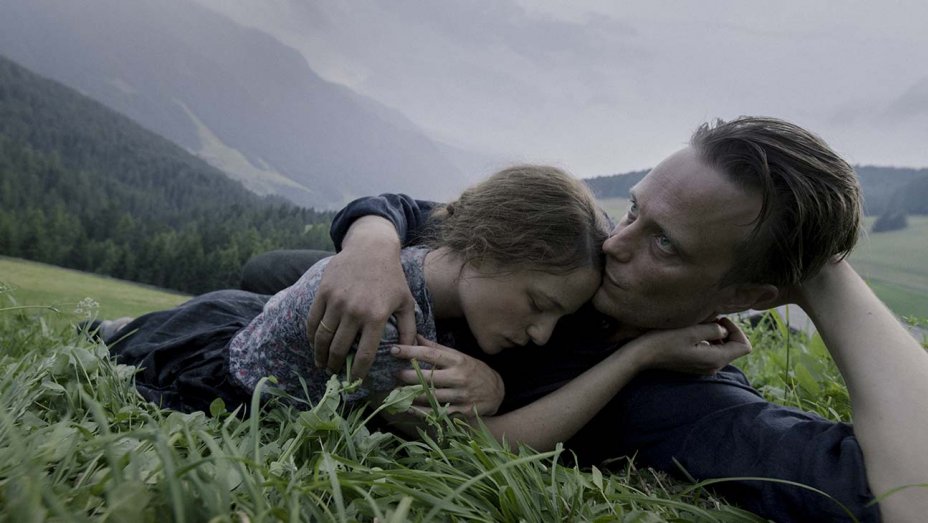
Terrence Malick sees the modern world as a product of secularised theology. Even if the state co-opts religious institutions, individual faith remains. Even as societies forgo organised prayer, private devotion strengthens. New structures merely modify the power and clarity of pure symbol and by doing so disguise it. Malick wishes to reinstate the pristine word and image, now subsumed into the Godless fugue of modernity. This explains an at once beguiling and portentous film, both profound in its length and wont to dwell.
A Hidden Life depicts a man who embodies the individual and the private: these traits manifest themselves as a form of studied silence, the inability to articulate, the desire to prefer not to. Based on a real person, Franz Jägerstätter (August Diehl) is a conscientious objector during World War II. He tends to the land with his wife Fani (Valerie Pachner) and sister-in-law Resie (Maria Simon) in Radegund, a rural Austrian enclave. They distrust the politics on which the Nazi war effort is based, although many in the village drink up fascist anxieties towards the outsider, leaving our Bartleby and his family isolated.
Government authorities grow suspicious and then furious. The fury derives from Franz’s particular habit: his refusal to speak and to explain himself. He is a sort of anti-Meursault: intransigent like Camus’s stranger, anything but indifferent. His civil disobedience is focused, steadfast. Ostensibly reasonable and measured officials (variously played by Matthias Schoenaerts and the late Bruno Ganz) plead and reason with him. They suggest that practically his resistance is useless, of no utilitarian benefit. Pledge allegiance and save your life.
So stark is the choice, so reiterated the decision. Malick’s usual cinematic style adorns the existentialism: the wide-angle close up, the fields of wheat, the cutaways to nature. The fraught and highfalutin discussions generate repeated images: the sweet grace of a palm slapping a forehead, the angst of steps being retread. Characters subsist in a state of sullen bewilderment, on an exalted backdrop of haystacks and scythes, mud and the land, blood and soil. Jörg Widmer’s cinematography is always on the edge of epiphany.
Malick thematically foregrounds the political potency of silence. Graffiti stating “sprechen verboten” – talking forbidden – adorns the courtyard penitentiary. Each mouth is shut in the demarcated zone as prisoners file past one another, a dejected spiral akin to van Gogh’s famous rendering. Franz’s tendency to silence needs no encouragement as his wordless transgressions elicit ruptures of violence. Even his obedience is read as defiance.
Suffering is prolonged, caught between the hammer and the anvil. Taken from George Eliot’s Middlemarch, the phrase “a hidden life” suggests the quiet toil of the everyman who is led without temptation through the doorway into history. Those who do not seek history are thus wiser than those who hurl themselves precipitously towards it. Franz was executed in 1943, later declared a martyr and beatified by the Catholic Church, his body returned to Radegund. In a perverse irony, one of which Malick must be aware, it is there you can visit his tomb.
Joseph Owen
A Hidden Life does not have a UK release date yet.
Read more reviews from our Cannes Film Festival 2019 coverage here.
For further information about the event visit the Cannes Film Festival website here.
Watch a clip from for A Hidden Life here:
https://www.youtube.com/watch?v=uY92He86pew

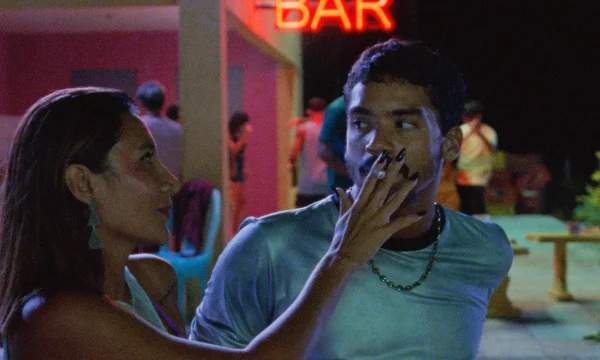
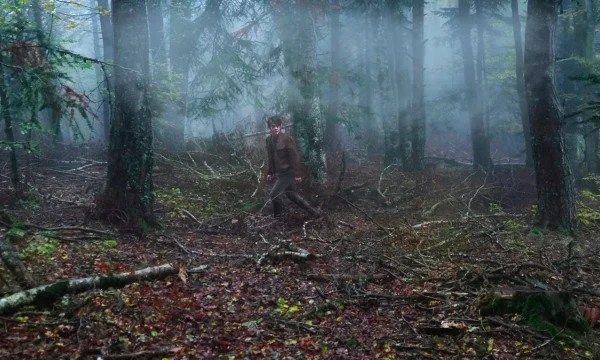

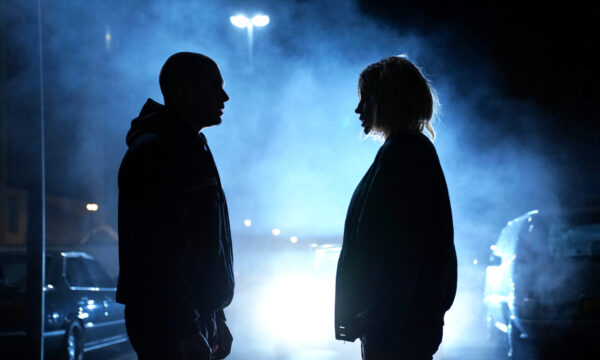
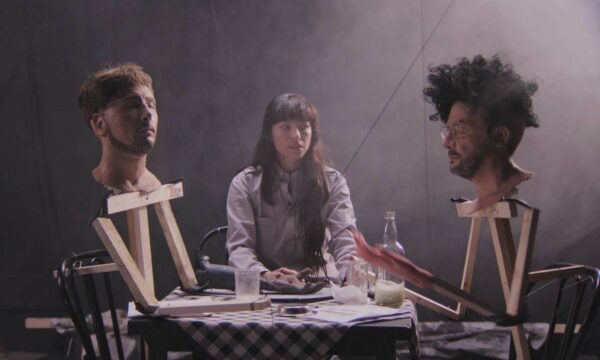
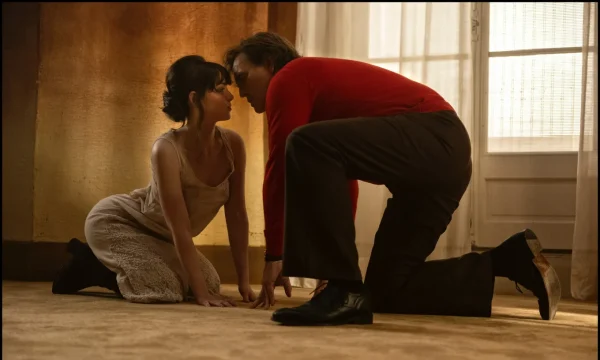
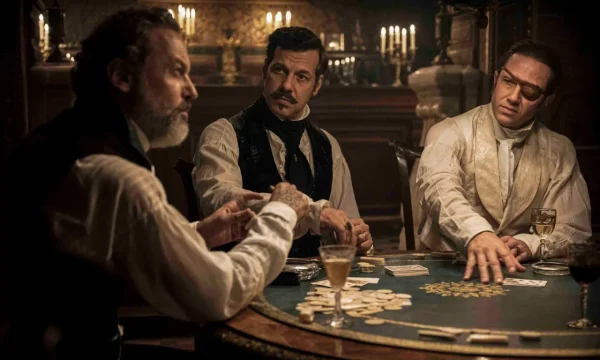
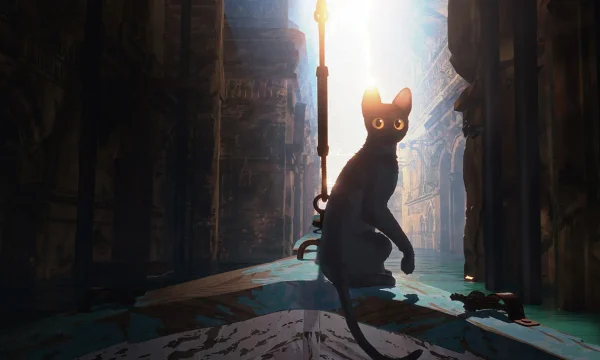
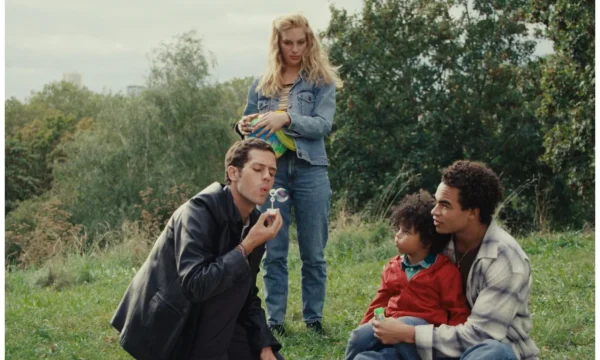














Facebook
Twitter
Instagram
YouTube
RSS